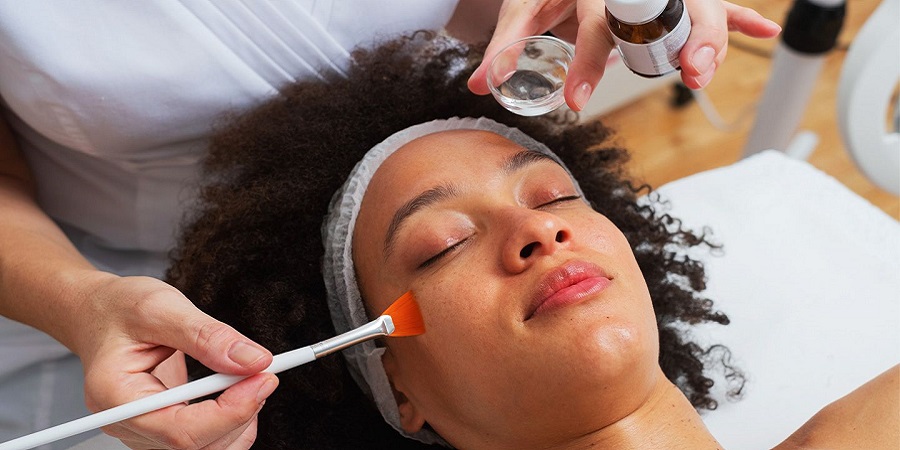Erbium peeling is a laser-based skin resurfacing technique designed to improve the skin’s texture, tone, and appearance by removing the outer layers of damaged skin. A common concern, however, is whether such treatments are safe for all skin types—especially those with deeper skin tones or sensitive skin. In recent years, Erbium Peeling In Dubai has become a widely preferred treatment for individuals seeking visible improvement in skin quality without major downtime.
How Erbium Peeling Works
The erbium laser targets the skin’s upper layers with precision, vaporizing damaged cells and stimulating collagen production. This promotes natural regeneration, resulting in smoother and fresher-looking skin. One of the key advantages of erbium peeling is its controlled depth of penetration, which can be adjusted based on the patient’s skin type and the area being treated.
Is It Safe for Fair to Medium Skin Tones?
For individuals with lighter skin tones (Fitzpatrick types I to III), erbium peeling is considered both safe and effective. These skin types generally respond well to resurfacing lasers due to a lower risk of post-inflammatory pigmentation. The healing process is typically straightforward, and visible results can appear quickly with minimal side effects.
Considerations for Darker Skin Tones
While erbium lasers are less aggressive than CO₂ lasers, their use on darker skin types (Fitzpatrick types IV to VI) requires careful consideration. Darker skin has more active melanocytes, which increases the risk of post-inflammatory hyperpigmentation (PIH) or, in rare cases, hypopigmentation.
However, when performed by an experienced practitioner using conservative settings, erbium peeling can still be safely done on darker skin. Key safety practices include:
- Pre-treatment with topical lighteners to reduce melanin activity
- Using lower energy levels to minimize skin trauma
- Applying cooling measures during and after the procedure
- Closely monitoring the skin’s response throughout the healing process
What About Sensitive or Acne-Prone Skin?
Erbium peeling can also be a beneficial option for those with sensitive or acne-prone skin, provided the treatment is tailored to individual skin conditions. Since the laser removes damaged layers without harsh chemicals, it’s generally gentler than chemical peels for sensitive skin types. For acne-prone skin, erbium peeling may help reduce superficial scarring and improve texture. Still, it’s important that any active acne is managed beforehand, as lasers can sometimes aggravate inflamed areas if not addressed.
Safety in the Hands of Professionals
One of the most important factors in determining whether erbium peeling is safe for your skin type is the expertise of the professional performing the treatment. Licensed and trained dermatologists or laser technicians will assess your skin in detail, choose the right settings, and advise on pre- and post-treatment care to ensure safety and optimal results.
Recovery Expectations for Different Skin Types
While healing time varies depending on the depth of the peel and the individual’s skin type, most people can expect a recovery period of 3 to 7 days. Redness, tightness, and peeling are normal and temporary. Patients with darker skin may experience slightly extended healing times due to increased sensitivity and a higher tendency toward pigmentation changes. Following post-procedure care instructions is essential—this includes sun protection, hydration, and avoiding harsh skincare products during the healing phase.
Conclusion
In general, Erbium Peeling Dubai is safe for most skin types when customized appropriately. Its precision and reduced heat make it a favorable option compared to older laser technologies. Individuals with darker or sensitive skin should always consult with an expert to determine suitability. With the right approach, erbium peeling can be a safe and effective solution for achieving rejuvenated skin, regardless of tone or texture.





Comments